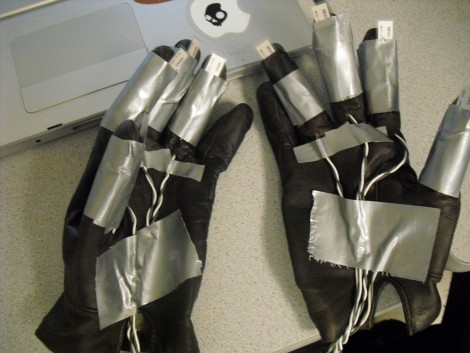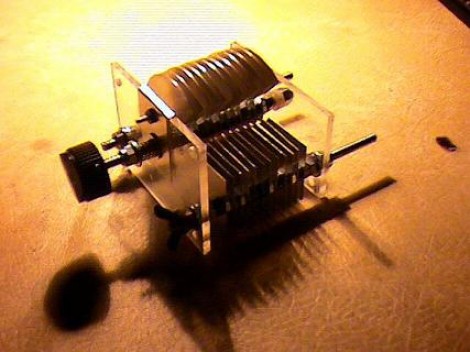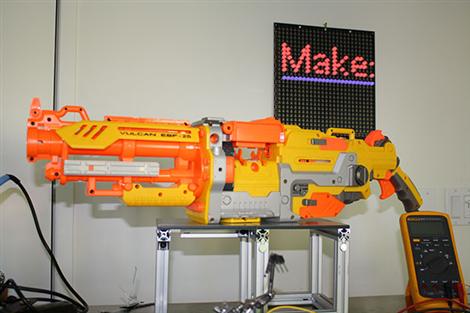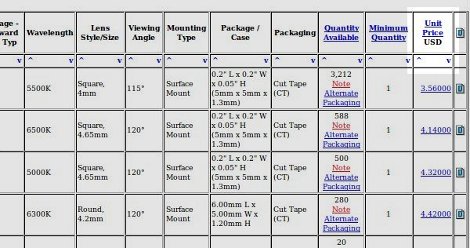
If you think there’s a gun inside that camera you’ve been fooled. We just like the juxtaposition of the 1940’s era camera with the iconic sidearms. What you see is a point-and-shoot cameras inside of the classic Leica II body (this is actually a Zorki 1 knockoff). It is much like the Canon AE-1 hack but this time there’s plenty of build details.
Digital camera makers try to get the smallest form factor possible and consequently the inside of those things is a nightmare of tiny parts and intricate connections.The Sony DSC-WX1 is no exception, and even the battery is disassembled to fit inside. See the final product and its features in the video after the break.















